Understanding 2 Phase Circuit Breakers
A 2 phase circuit breaker is an essential component in electrical systems, designed to protect circuits from overloads and short circuits. By interrupting the flow of electricity upon detecting a fault, these breakers prevent damage to equipment and reduce the risk of fire. This category encompasses various types, each tailored for specific applications and protection levels.
Types and Applications
The range of 2 phase circuit breakers includes miniature circuit breakers (MCBs) and moulded case circuit breakers (MCCBs), among others. MCB 2 phase units are commonly used in residential and light commercial settings, while MCCBs are suited for industrial applications due to their higher current ratings. The 2 phase breaker panel configuration is a critical part of the power management system, ensuring safe and efficient distribution of electrical power.
Features and Materials
Two phase circuit breakers are characterized by their tripping characteristics, such as type C, B, or D, which define the range of overcurrents that they can tolerate before tripping. Materials used in these breakers include high-grade thermoplastics and metals that provide durability and conductivity. The construction of a double phase MCB or a single phase 2 pole breaker ensures that they can withstand the electrical and thermal stresses of a fault condition.
Advantages of 2 Phase Breakers
The advantages of using a 2 phase circuit breaker are manifold. They offer a balance between protection and cost, making them a viable option for many dual-phase applications. The 2 phase 20 amp breaker is particularly noted for its ability to handle moderate power loads while providing reliable protection. Additionally, the 2 pole breaker single phase variant is known for its straightforward installation in various panel configurations.
Selection Considerations
When selecting a 2 phase circuit breaker, it is crucial to consider the electrical load, the environment of use, and the specific protection required. For instance, a double phase breaker might be necessary for higher load applications, whereas a single phase double pole breaker could suffice for simpler circuits. It is also important to consider the breaker's interrupting capacity and its compatibility with the existing electrical system.
Compliance and Safety
Safety is paramount when dealing with electrical components. A two phase MCB or any circuit breaker 2 phase device should comply with international safety standards to ensure reliable protection. Users should ensure that the chosen breaker is adequately rated for the circuit it will protect and that it has been tested and certified by recognized authorities.
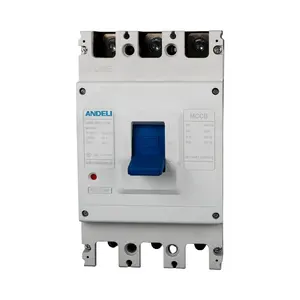






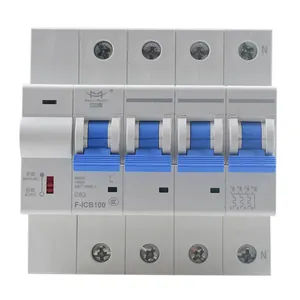

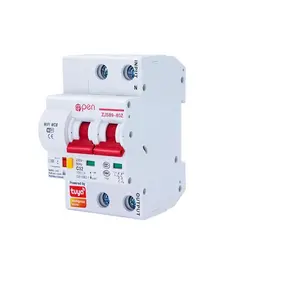
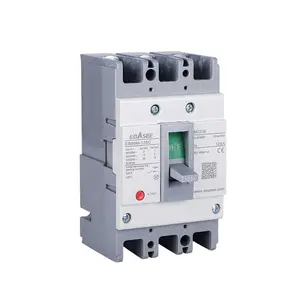
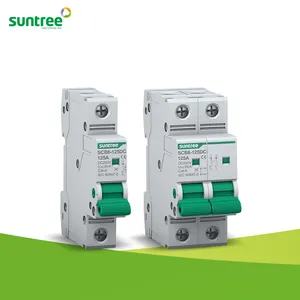






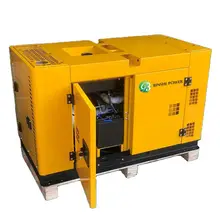


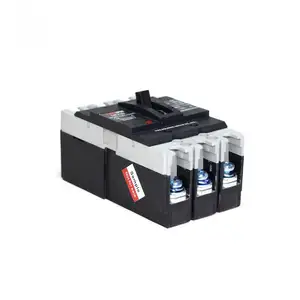





















 浙公网安备 33010002000092号
浙公网安备 33010002000092号 浙B2-20120091-4
浙B2-20120091-4